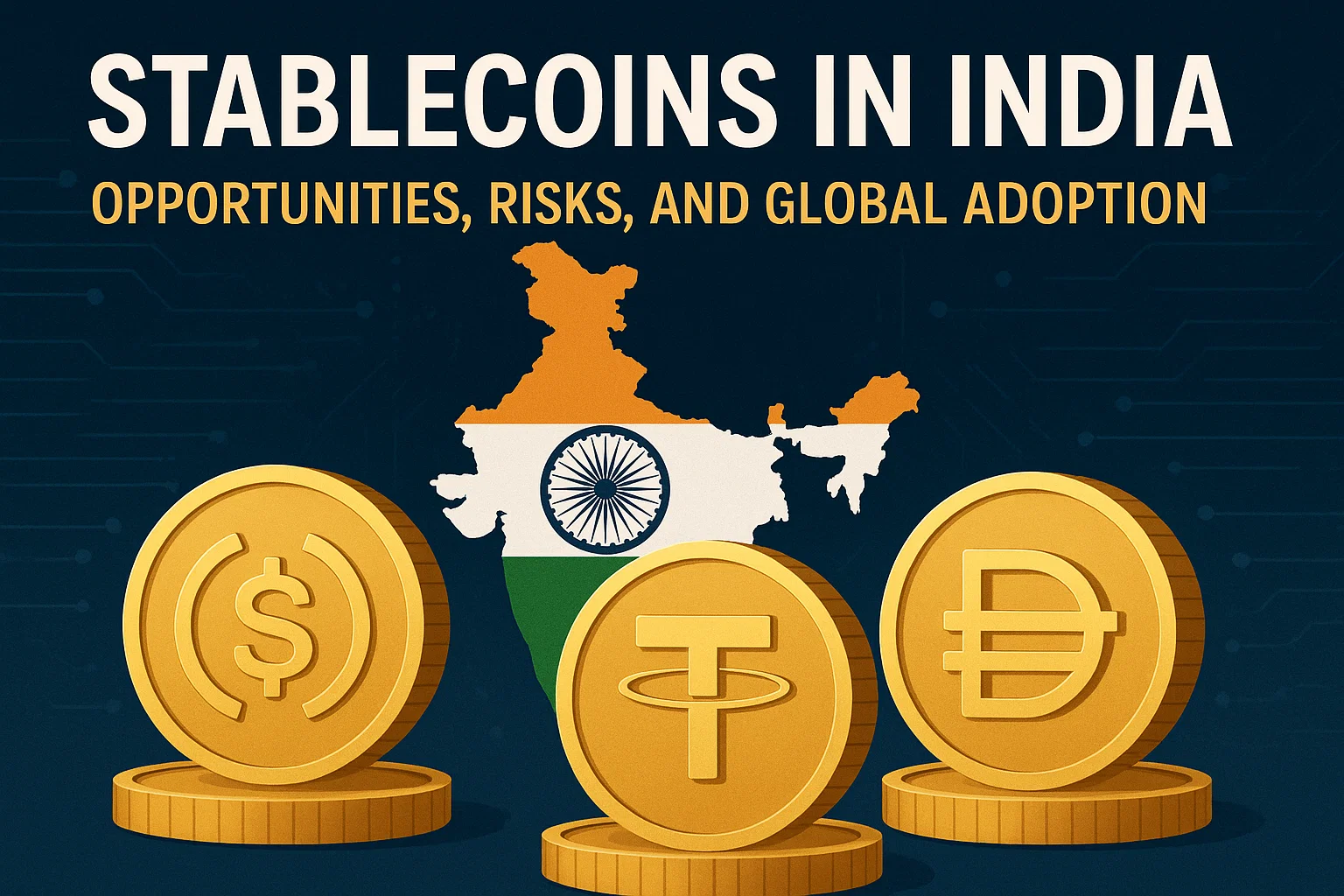Font size:
Print
India vs China in the Indian Ocean
India’s China Challenge in the Indian Ocean
Context: The Indian Ocean Region (IOR) has rapidly emerged as a central battleground for geopolitical competition between India and China.
More on News
- While India’s strategic interests in the region are rooted in its geography and regional identity, China’s growing ambitions in the broader Indo-Pacific have begun reshaping the maritime balance of power.
- With the rise of competing visions and expanding influence in littoral states, the Indian Ocean is becoming a crucial theatre of great power rivalry.
Why Is the Indian Ocean Region Vital for India and China?
Historically considered a neglected ocean, the Indian Ocean’s geostrategic relevance has surged in the 21st century. Three main developments explain this shift:
- Rise of Asian Economies: The economic emergence of India and China has transformed regional trade and connectivity networks.
- Maritime Security Challenges: Piracy near Somalia and other SLOC (Sea Lines of Communication) threats have pushed nations to fortify maritime security.
- Indo-Pacific Construct: The conceptualisation of the Indo-Pacific as a strategic continuum has placed the Indian Ocean at the heart of global geopolitical discourse.
- National Interests: For India, this ocean is not just a passage for trade—it is critical to national security and regional leadership. For China, expanding its footprint in the Indian Ocean is key to global power projection and SLOC protection.
How Is China Expanding Its Presence in the Indian Ocean?
- Political and Economic Engagement: Beijing’s massive investment in port infrastructure through the Belt and Road Initiative (BRI)—such as Hambantota in Sri Lanka and Gwadar in Pakistan—is viewed as an attempt to control key maritime chokepoints.
- Maritime Surveillance via Research Vessels: China’s deployment of “research” vessels in the Indian Ocean has triggered concerns over underwater surveillance and data collection.
- Institutional Ambitions: Beijing’s creation of the China-Indian Ocean Forum (2022) reflects its ambition to shape regional norms and institutions.
- India’s exclusion from this grouping is strategic—China seeks to undermine India’s centrality in the IOR despite not being a geographically Indian Ocean nation.
What Is India’s Strategy to Counter China in the Indian Ocean?
- Positioning as a First Responder and Preferred Partner: India is actively providing HADR (Humanitarian Assistance and Disaster Relief) support, developmental aid, and maritime domain awareness capabilities.
- The recently unveiled MAHASAGAR doctrine (Mutual and Holistic Advancement for Security and Growth for All in the Region) signifies India’s intent to lead regional security with a cooperative, inclusive approach.
- Strengthening Regional Institutions: India has stepped up advocacy for regional platforms like the Indian Ocean Rim Association (IORA), where China is absent. Other efforts include: Indian Ocean Naval Symposium (IONS), Information Fusion Centre – Indian Ocean Region (IFC-IOR), Colombo Security Conclave and Active role in the Quad (India, USA, Japan, Australia).
- These frameworks are designed to build trust, enhance interoperability, and promote a rules-based maritime order.
- Indigenous Naval Power and Modernisation: India is significantly expanding its naval capabilities through the indigenous development of warships and submarines, along with the commissioning of aircraft carriers, destroyers, and patrol vessels.
What Makes the India-China Rivalry in the Indian Ocean Unique?
- Unlike the visible military assertiveness in the South China Sea, the India-China rivalry in the Indian Ocean is unfolding in subtle, long-term ways.
- China’s strategy includes: Expanding economic dependencies, Infrastructure-based influence, Maritime surveillance under civilian guises andRegional norm-setting without direct confrontation.
- India, in contrast, emphasises: Strategic restraint and inclusive development, Respect for sovereignty and regional consensus and Sustainable and transparent partnerships.
- This contest for primacy in the IOR is not just a bilateral power struggle—it is about shaping the future maritime order in a region vital for global trade, energy flows, and geopolitical influence.
Why Does the Indian Ocean Matter for Global Security?
- The Indian Ocean accounts for 50% of global container traffic, 70% of oil shipments and major chokepoints like the Strait of Hormuz, Malacca, and Bab el-Mandeb.
- A stable Indian Ocean is crucial for global commerce and energy security.


